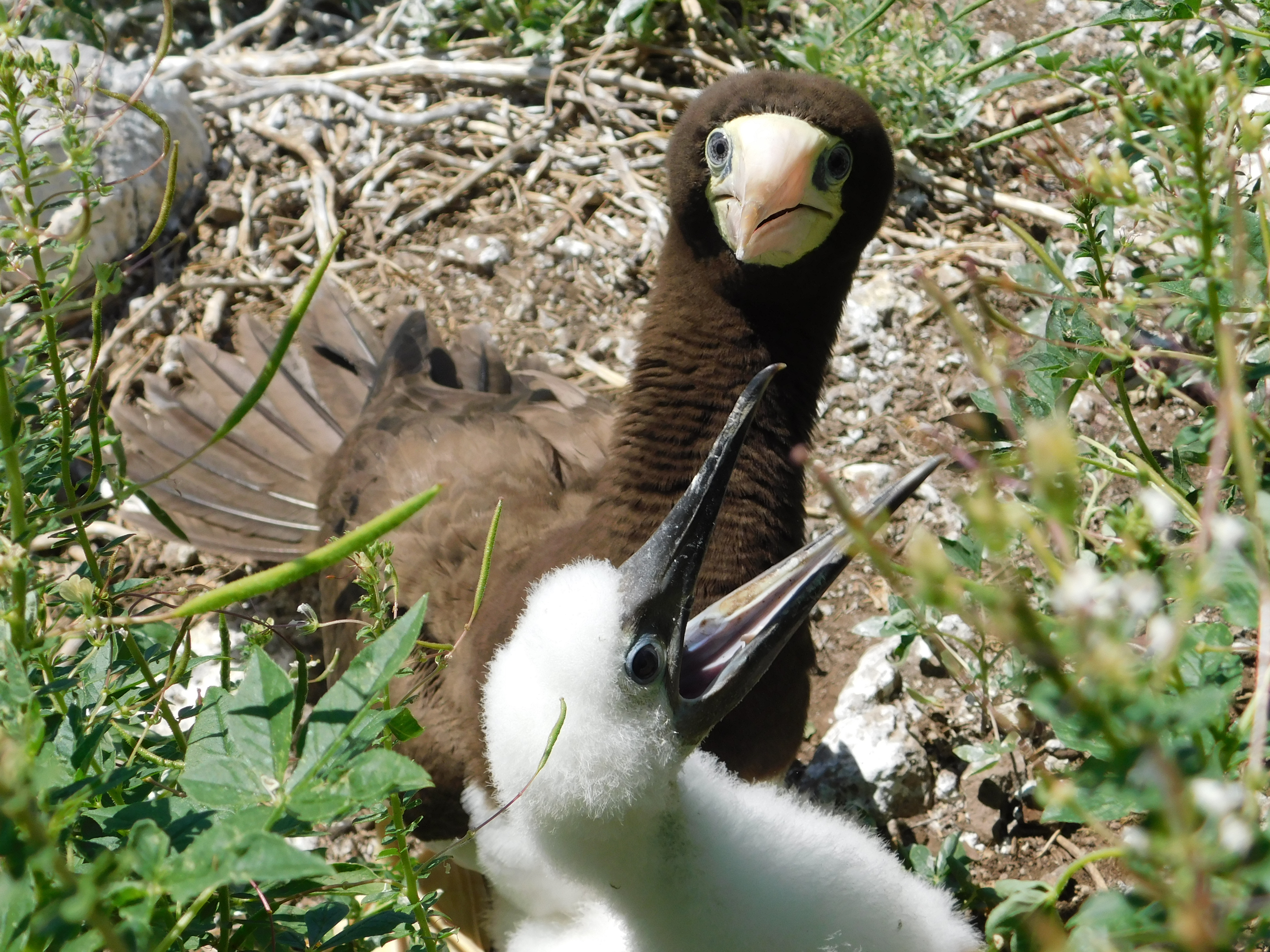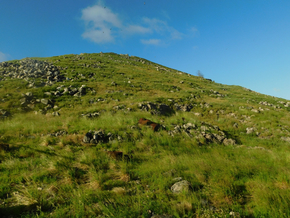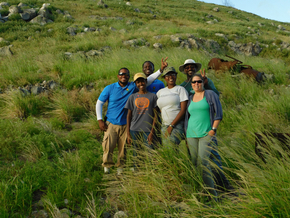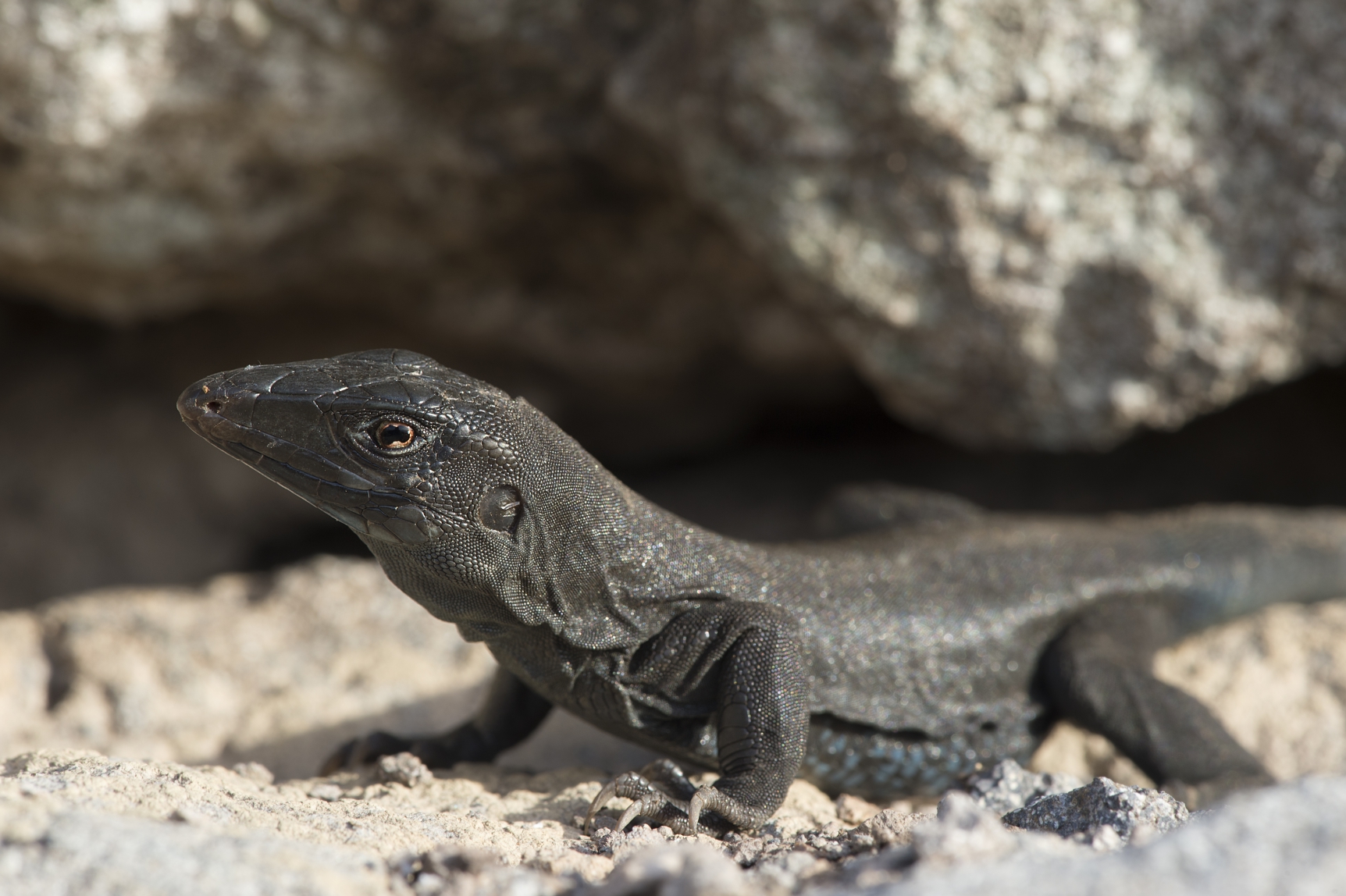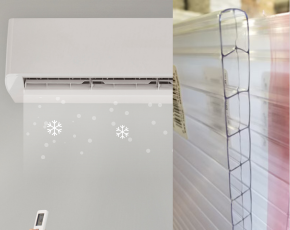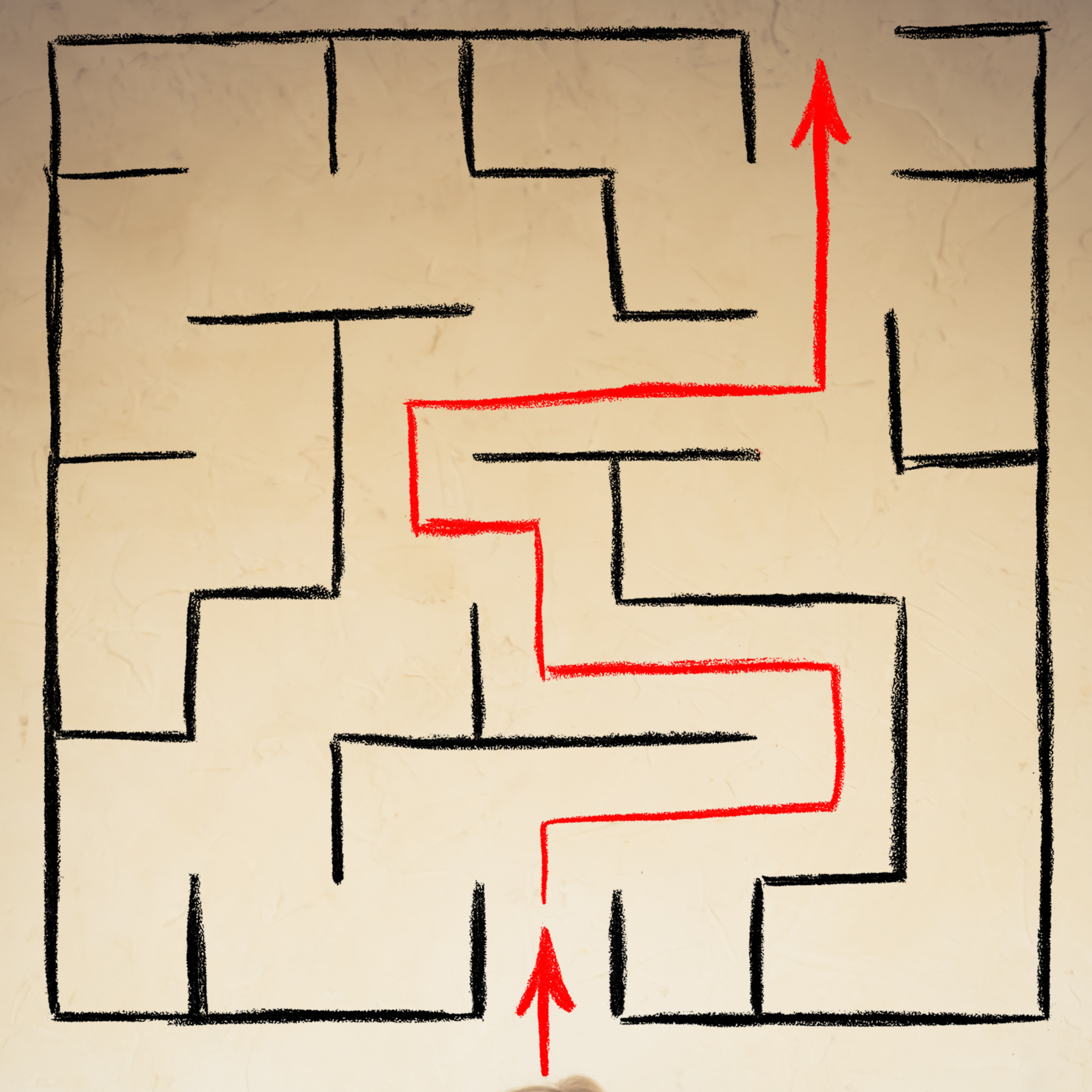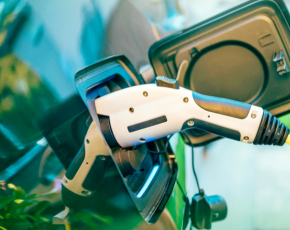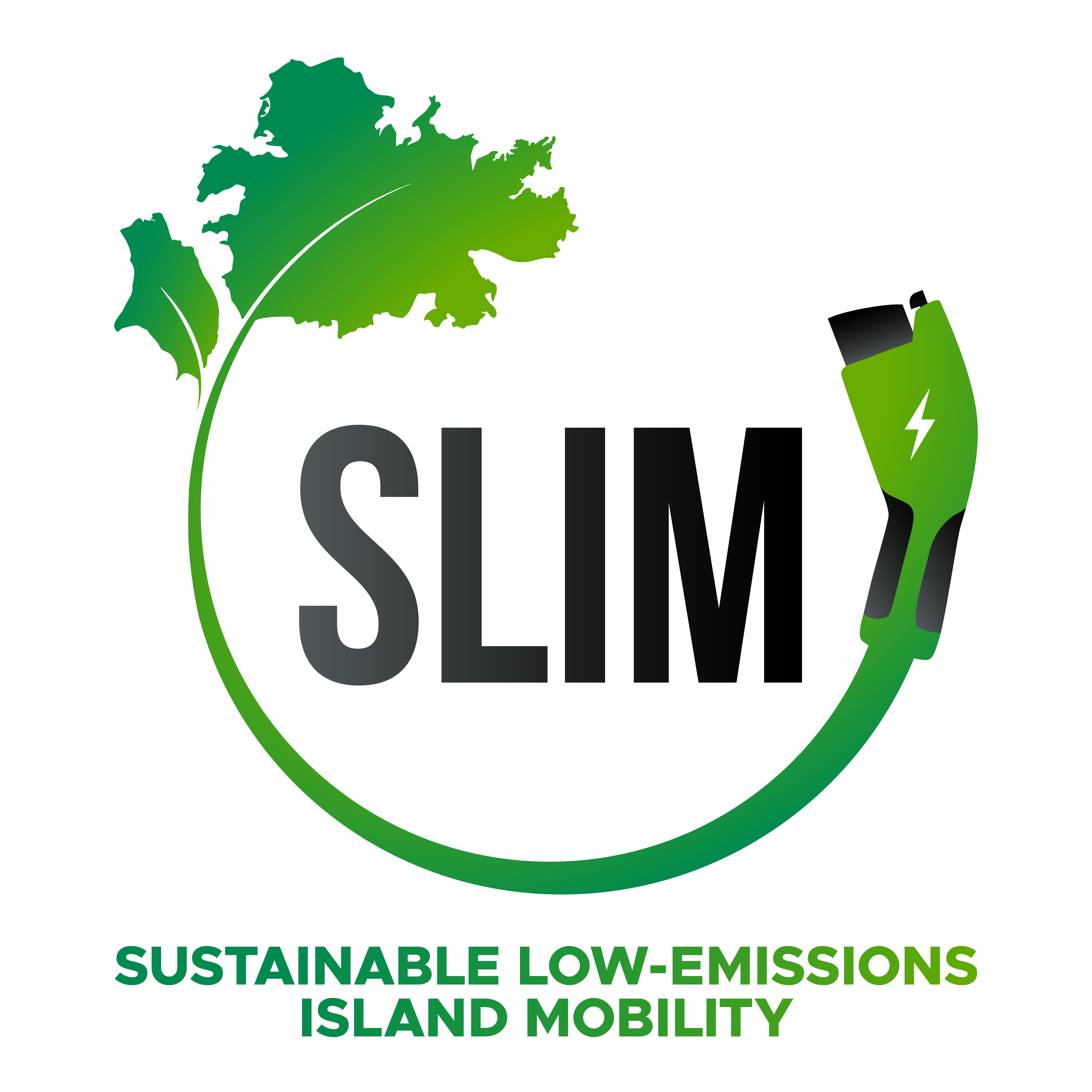Just over a year ago, the Government of Antigua and Barbuda announced ambitious plans to restore its little known offshore island of Redonda. The once forested island had been turned into a rocky and unstable landscape, due to impacts of invasive alien species. We’re not talking extra-terrestrial here, these are well known aliens; goats and rats. Alien, because they are not a natural part of the ecosystem and were introduced to the island. Invasive, because they have dramatic, negative impacts on the native plants and animals. The island’s nesting seabirds and endemic reptiles have taken a hard hit. Rats and goats have wiped out most of the vegetation, the few trees that have managed to cling on to steep slopes are over-crowded with Magnificent Frigate Birds and Red-footed Boobies seeking nesting sites. Rats could be seen swiping eggs from the nests of Masked and Brown Boobies. It was rare to see a landbird, and low insect biodiversity was clearly noticeable. The introduced goats were in fact a significant cause of their own suffering and population decline, as they slowly reduced their food source on the island.


